Ever wondered what it takes to come out with a book: and a good one at that? What the book-writing process is and how the author plans everything out?
Abhinav, the author of The Sage’s Secret tells us – in this special piece – all about the birth of the Kalki Chronicles. The book is centered around one interesting question: What if the legend of Kalki, the tenth avatar of Vishnu, is an elaborate hoax created by Lord Krishna?
He takes us through the story behind Kalki, tells us about the research, the characters and explores the past and present. We must warn you though:
[Warning: Article Contains Spoilers]
THE STORY BEHIND KALKI
The Kalki Chronicles was conceptualized around six years back, with a simple thought behind it: What if Kalki was really to exist in our world? What were to happen if the last avatar has already taken birth?
As a child, tales and legends from the Indian mythology fascinated me. And this was when the allure of Kalki took hold as well. During my school days, one of my teachers broached the topic of Kalki, while explaining the concept of the Yugas. The idea itself was captivating: the tenth and final avatar of one of Hindu pantheon’s most powerful Gods that was yet to manifest, as told in legends. That’s where the story started. That is how the idea for the Kalki Chronicles came to me: the story of a god, the destructive avatar of the Preserver God, born in the current, modern era, trying to find balance. This paradoxical idea and the character in itself needed to be explored: his perception of the world, his life in the contemporary times, his motivations and sense of identity and agency, and the hardships the avatar would face when he tries to restore balance on earth. I wanted to know what would happen, so I began writing the story.
The Research
My earliest sources of stories from the Indian mythology were my grandfather and mom. Amar Chitra Katha comics, some articles I read here and there, and of course, the famous television series that aired during the time, added to it as I grew older. However, I always kept on going back to my grandfather’s oral narration. Sadly, as it happens, stories tend to fade away with the course of time. But the thirst of knowing more seemed unquenchable, when I look back now, and so I asked him to narrate more and more. And so, he picked and chose and told me more tales from the Mahabharata and the Ramayana, which I later weaved into the plot for the series. While drawing the blueprint for the series, I also read C. Rajagopalachari’s retelling of the Epic that is simply titled Mahabharata.
Exploring the Past and the Present
The Kalki Chronicles takes the reader through winding timelines that commences post the great war of Kurukshetra, and it doesn’t stop there. We are transported to the contemporary era, years 2005 and then 2025. For me, it was an obvious and logical choice that we started the journey with Krishna, one of the greatest strategists in any and all mythology, revealing a certain truth to Sage Dweepa around 28 years after the Great War. I think it will be fair to say we begin at the crest of the tale. Therefore, from the perspective of narration, the story flows from past and present and vice versa. At a personal level, this is what makes storytelling an exciting experience for me. So to keep the reader intrigued, I keep going back and forth between these two timelines. The past, for the most part, sees Krishna, while the present is Anirudh’s life.
As you proceed through the series you’ll notice two sequences at work—one that follows Kalki’s efforts to restore the balance between man and the universe, and the second which follows his fight against Kali (not to be confused with the Goddess Kali or Kalika). I wanted to add some elements of fantasy in this book and this plotline helped me explore the avatar’s supernatural powers. Another major theme, if readers read between the lines, is the concept of mortality, which helped keep things in close proximity with realism—something I didn’t want to let go off, lest the story became too fantastical in nature. I wanted to explore both these concepts, trying to strike a balance between the two, however, taking the liberty to let my imagination wander into various possibilities, at times.
The Gods and Characters
Sage Dweepa is one of the first characters we meet in the book. He is the sage in The Sage’s Secret. Hence one of the pivotal people in the book without whom the story would not advance and our protagonist would be, to put it simply, clueless. Some might consider him a sidekick of sorts, first to Krishna and then to Kalki. He’s one of those personalities that are generally silent but present in the backdrop, invisible but important to the storyline. So the sage here is the secret-keeper and the only person on Earth who knows about Krishna’s grand ‘lie’, his master plan. I needed a confidante who would share Krishna’s burden and undertake this quest with Kalki, and the Sage was the answer. Thus, “The Sage’s Secret”, rightly so, is the truth about the Kalki avatar which Dweepa treasures and has to live with, in the book.
It might be strange reading about the sidekick before the main character, but that’s how the story proceeds in this saga. But by no means is Anirudh on the sidelines; he is very much in the thick of things. I have tried to play with the characters of Krishna and Kalki; where one ends, the other emerges. As I elaborated the plot sketch for the series, there were a few things I perceived early on: that Krishna had to be one of the main focal points of this book. His role alongside Kalki’s kept coming up incessantly; however, there wasn’t any friction between the two characters in terms of space; the presence of both has a certain harmony and no one jostles for space. One of the reasons for this could be that Kalki is an extension of Krishna (somewhat). We don’t see a destructive God, obliterating his way to attain justice and eliminating evil. We witness a young boy all of twenty, who has a quiet but resolute personality, which is very much like his previous avatar. The age that I chose is intentional; Anirudh is beyond teenage but on the cusp of manhood. He’s not completely mature, but is getting there by his own understanding of the world and experiences. I wanted him to see the world as a grown man, but perceive it with a certain naivety. There is a assured innocence and immaturity in his perception at this age, which makes it perfect to introduce him to his destiny as Kalki.
And finally, we get to the antagonist. So, at this point, if you haven’t read the book and wish to, you should stop reading this article.
Kali (pronounced k-uh-lee and not be confused with Kali the Hindu Goddess, as I’ve said before) is the primary antagonist of Kalki. Therefore, I chalked out his personality and role in the series in the nascent stages. As I drew his role for the book, I remembered him as literally the personification of evil – as I recalled my conversations with my grandfather on this subject. It is called Kali Yug because of him; it is his era, the era of evil. My thoughts on Kali, as the antagonist of the book, made me dig deeper into my childhood memories and conversations, and also my knowledge of the Mahabharata, and lead me to the realization that it should all start with Krishna as it all leads back to Krishna, even Kali. And thus, the yarn started spinning and the thread led me to Krishna, again. When you read the story, you might understand as to why I chose to start this saga with Krishna – it is only befitting to the god, a master at strategy and foresight.







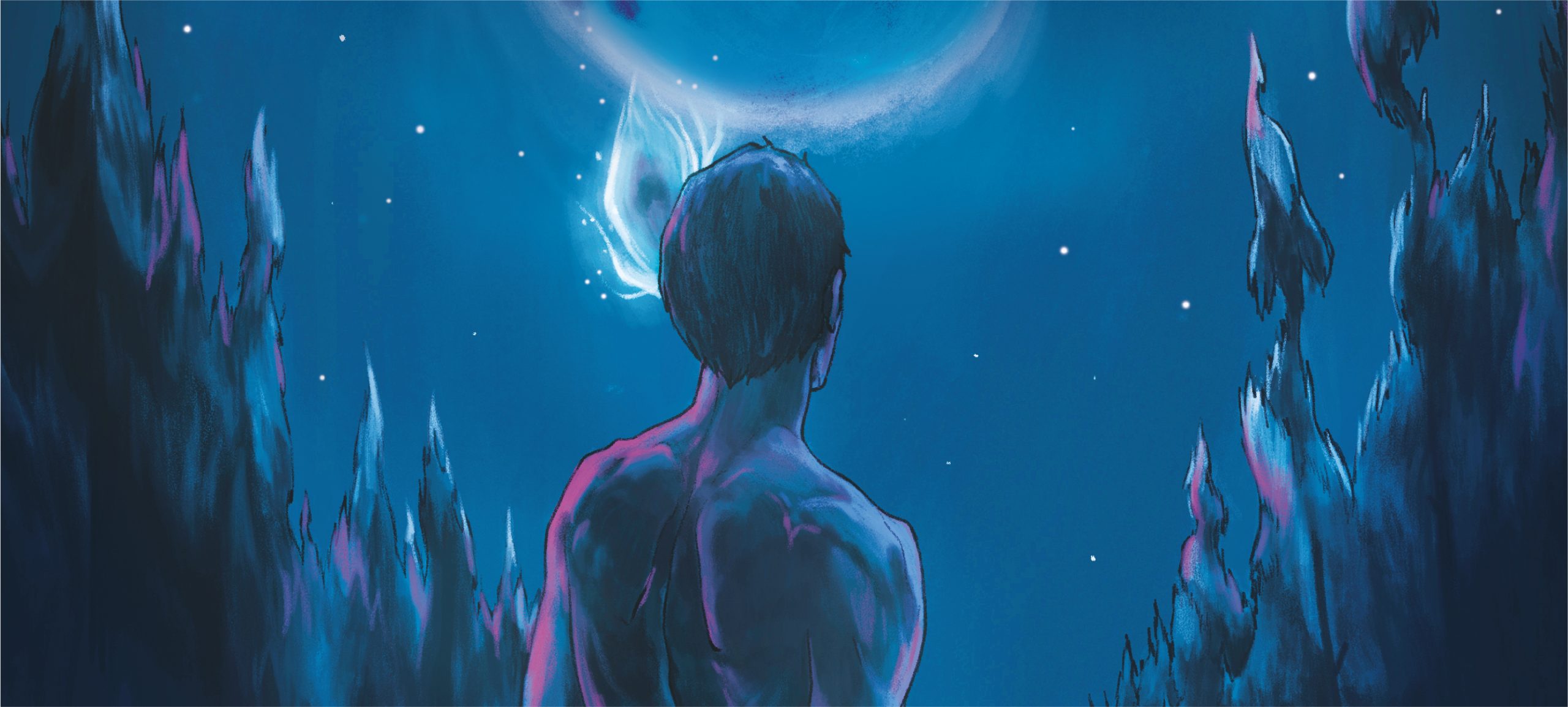
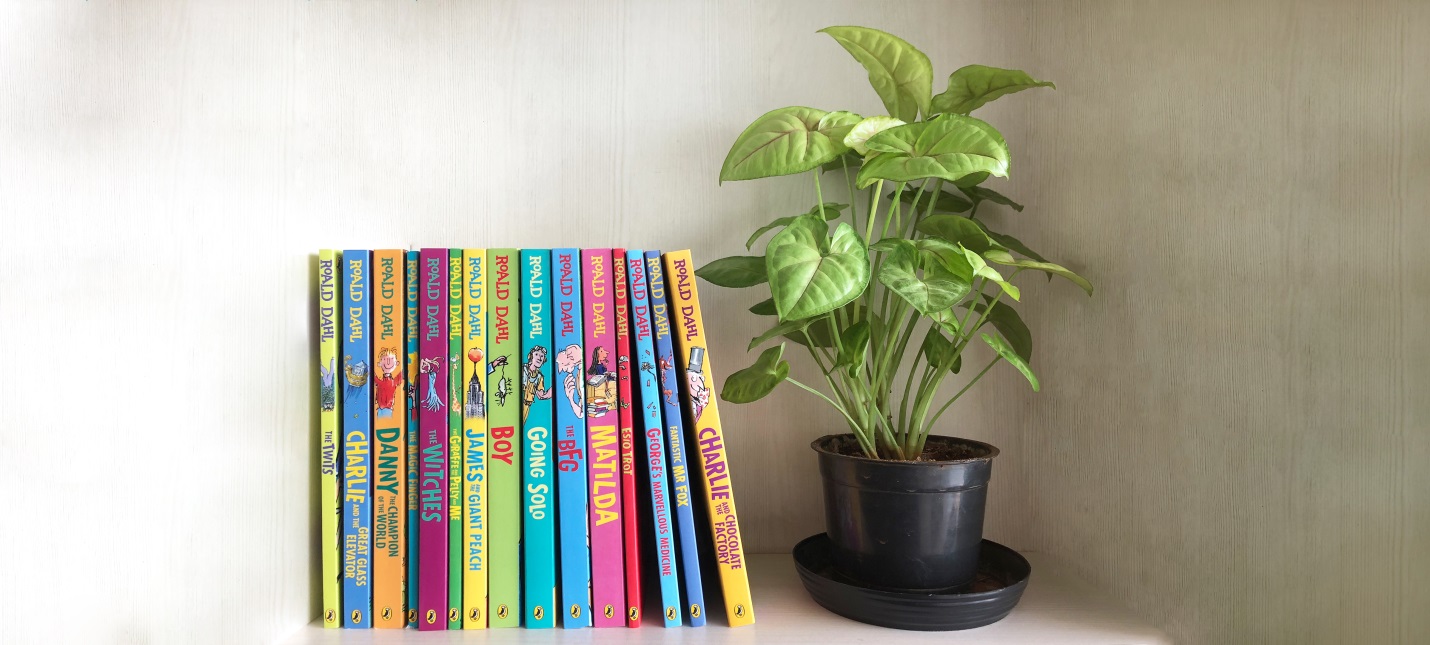
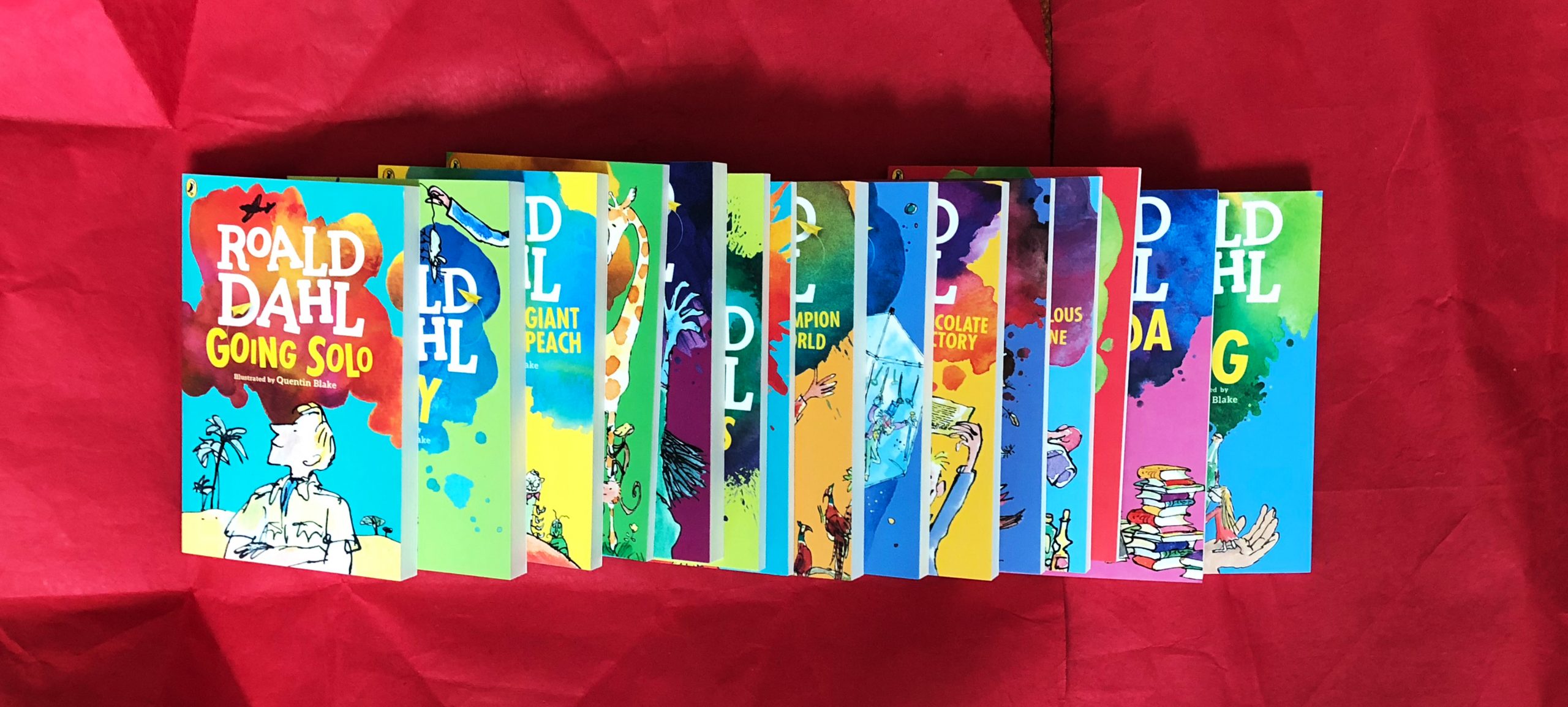



































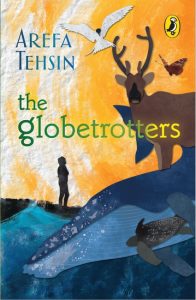

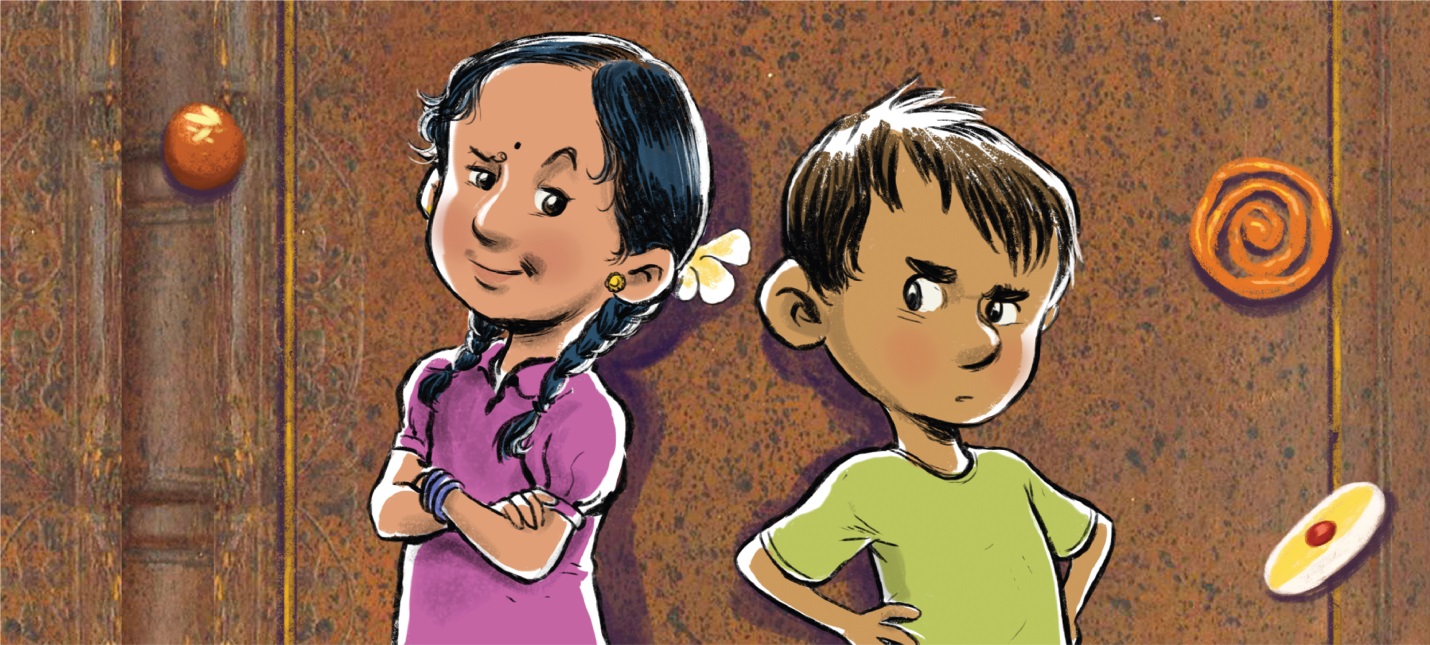
 Ramcharandas Mithaiwala
Ramcharandas Mithaiwala Girijakumar Mithaiwala
Girijakumar Mithaiwala
